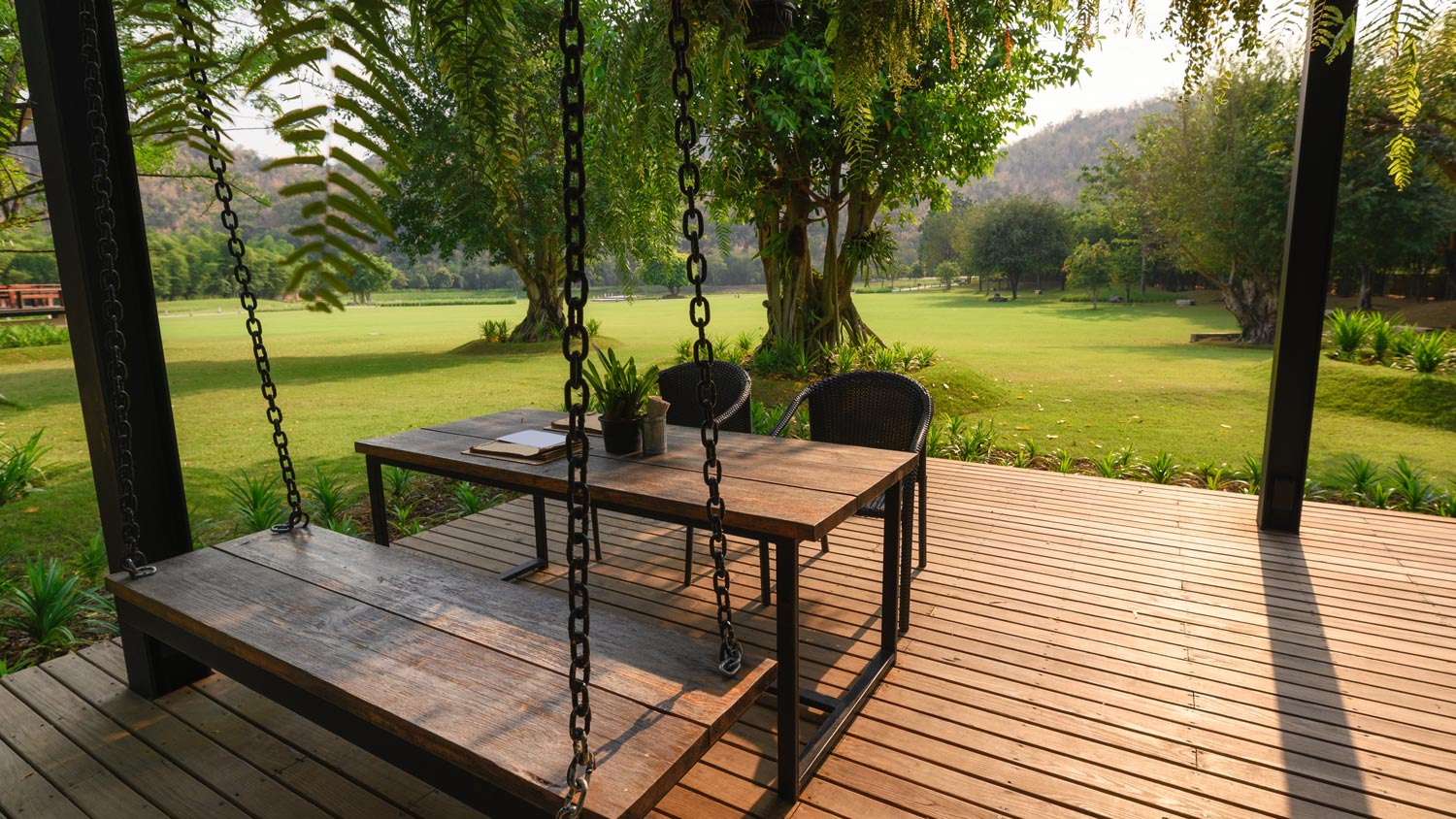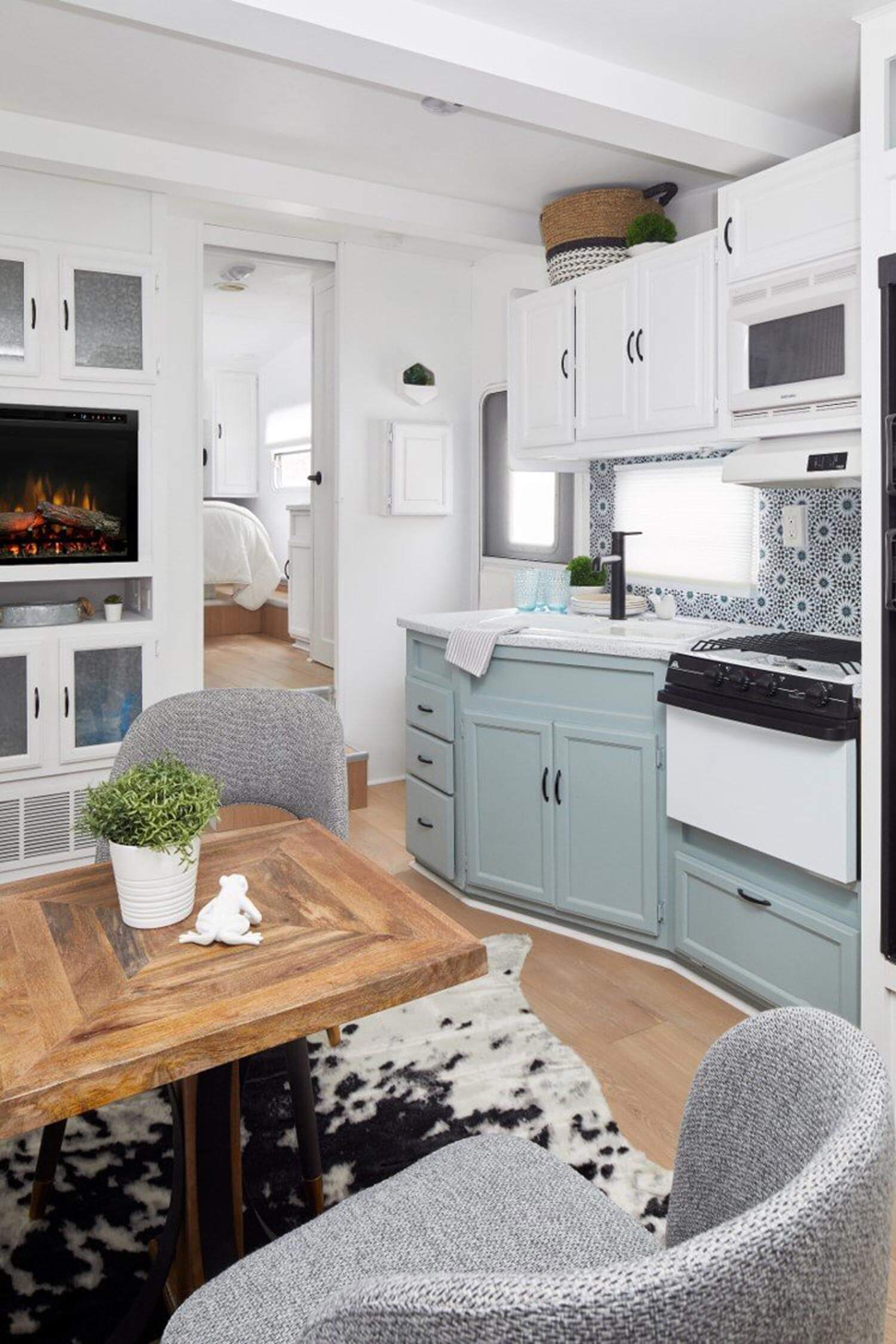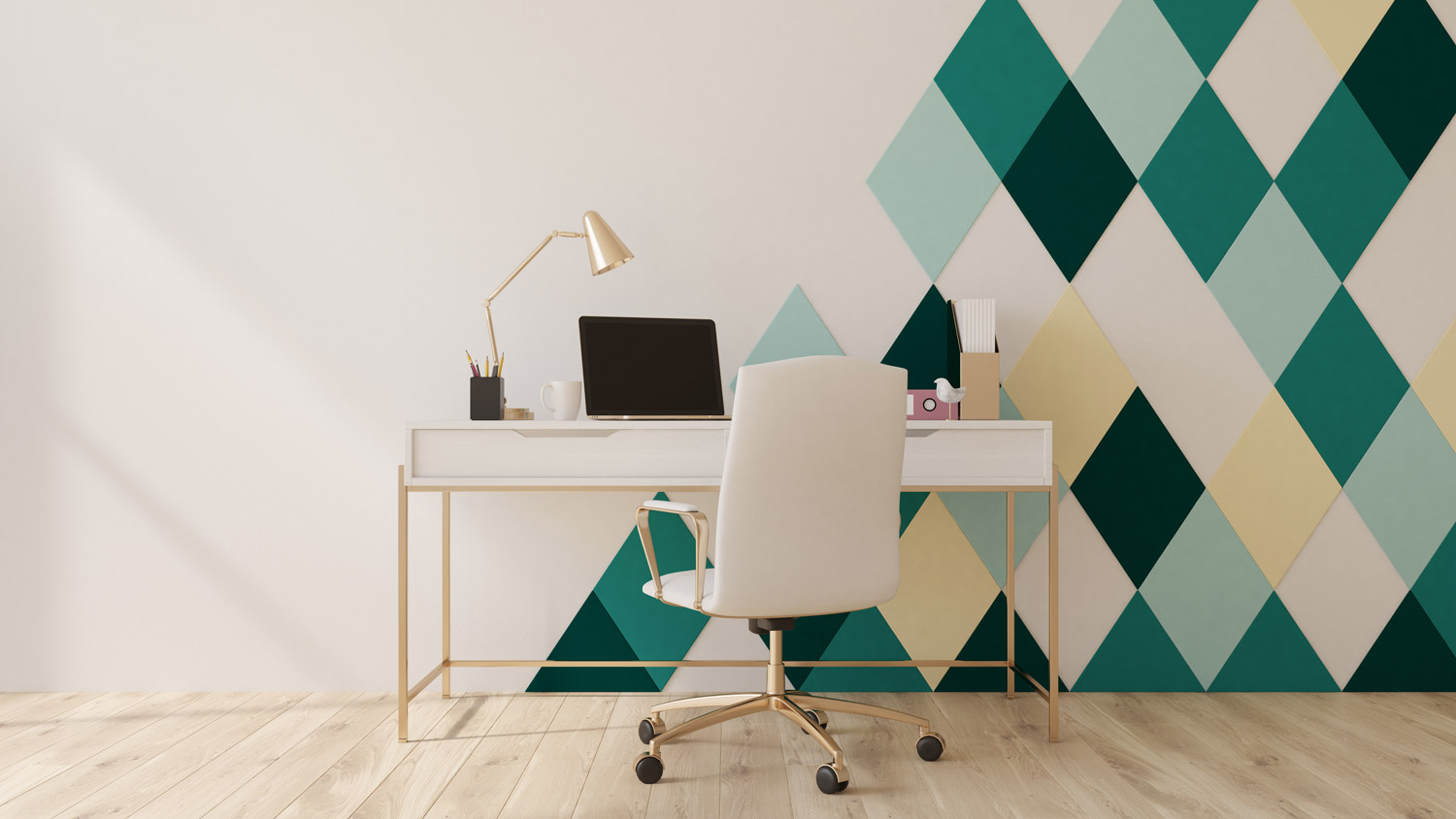
Need a little extra room for clothes storage in your home? Learn about the average cost to build a closet, some cost factors to consider, and more.
Minimalist design may look paired-down and simple, but its impact is unmatched


What is it about a minimalist-style room that simply puts our minds at ease? This popular home trend has been on the scene for decades, but mastering the art of a paired-down, tranquil space is a unique art that takes time and experimentation.
Minimalism celebrates the idea that "less is more," but there's far more to it than that. It's about steering the focus away from clutter or distracting decor and back to the people in the room. The style's balance and cohesiveness aim to calm the mind and allow it to settle on the few distinct pieces intentionally chosen for a room.
Here are 11 inspiring examples of how to implement minimalism in every room of your house.

Minimalist bedrooms emit an energy of calm and balance so you can curl up for the day without a second thought about the busy world. This tranquil haven designed by Sabrina Vroeg Interiors and photographed by Sean Litchfield plays with a collection of warm tans that build off the color of the natural wood floors. The subtle pops of beige stand out against the soft-white palette used in the window treatments, walls, rug, and bedding.

Traditionally small rooms like bathrooms benefit from minimalism to open up the flow of the room. Wet rooms—bathrooms that can get soaking wet from wall to wall—are a great option to cut out the transition into the shower. Freestanding tubs also create a sense of extra space, especially when featured against a single panel of color.

Bringing minimalist style into a highly trafficked room requires a fine eye for gentle simplicity both in the decor and the floor plan. This Barbara Vail Design living room—captured by Nicole Baas Photography—adds subtle hints of balance without exact symmetry. Barbara includes matching metallic shelves, a balance of greenery, and a central focal point for gathering that inspires conversation by the fireplace.

If a room becomes too busy, it's easy to miss what's outside the window. Guest rooms or primary bedrooms with stunning views should redirect the eye to the outdoors by keeping things simple inside. Not only does the white palette expand the room further—which is ideal in small spaces—but the balance of track lighting and symmetrical side table lamps add balance lighting in the evening.

Shelving can be a magnet for books, knickknacks, and even the occasional car keys. This serene, DIY-designed space only features intentionally chosen pieces of art and photography so viewers can take in every piece with care. Jordie Neuhaus from the interior design blog Haus by Jordie reconstructed the fireplace surround and added natural wood shelving to complement her warm-toned decor.

Minimalism is not always about keeping things simple. The furniture and decor that does make the cut should have ingenuity, quality, and meaning to those who spend time in the space. Expand the style to the outdoors by combining traditional outdoor dining areas with special touches that allow you to take in the view.

Eye-catching design should have the space to stand out. Lauren Lerner of Living with Lolo highlights this kitchen's "3” waterfall edge quartz countertop and the custom rift-cut oak cabinetry" as the foundation of the cooking workspace. Her black-and-gold accents in the pendant lighting and shelf decor showcase some of the most popular trends of 2022 without making the space too complex.

Minimalist style doesn't fight against the shape of a space, but instead moves along with it to show off its individuality. Long dining rooms like this are best with minimal furniture—especially if you're concerned about flow. With only four major pieces in this room, the focus directs toward the wall of windows instead of what's inside the space.

Jo Alcorn of Alcorn Home intricately transformed this tiny home into a multi-purpose hosting space without a hint of clutter or restricted flow. The reimagined trailer allowed Jo to welcome her parents during the summer, according to her website. "I wanted to create a space for them that was serene, clean and bright," she notes. Minimalist design is the key to keeping space spaces expansive and versatile.

Working with one soft color palette is anything but boring within a minimalist space. Ashley Schoenith of Heirloomed Blog balances a herringbone wood floor, shiplap walls, and a reflective white tile backsplash that picks up the light from the windows and matching task lighting pendants. Ashley uses this flexible space both for guests and as a studio setup for her business.

When minimalism does break out of a subtle palette, it is done so with a deliberate splash. Rooms that aim to inspire, such as WFH home offices, can maintain a balanced and simple design while featuring an unexpected burst of color. If you opt to work with a local interior designer, include your goals for the overall energy of the room in your initial brainstorm to inspire out-of-the-box designs such as this.
From average costs to expert advice, get all the answers you need to get your job done.

Need a little extra room for clothes storage in your home? Learn about the average cost to build a closet, some cost factors to consider, and more.

How much does an interior designer cost? Discover average prices, cost factors, and tips to help you budget for your next home design project.

Discover the average feng shui consultant cost, what impacts pricing, and how to save on your consultation.

If you’re getting ready to install some trim or molding inside your home, here are some of the questions you should expect to discuss with a pro.

Architectural details like wood molding help frame a space and add visual interest. From baseboards and door casing to wainscoting and board-and-batten paneling, read on for a rundown of all the types of trimming for your home.

Reinvigorate your home with the summer-ready decor trends welcoming us into the sunniest days of 2025. Find your favorite among these top 10.